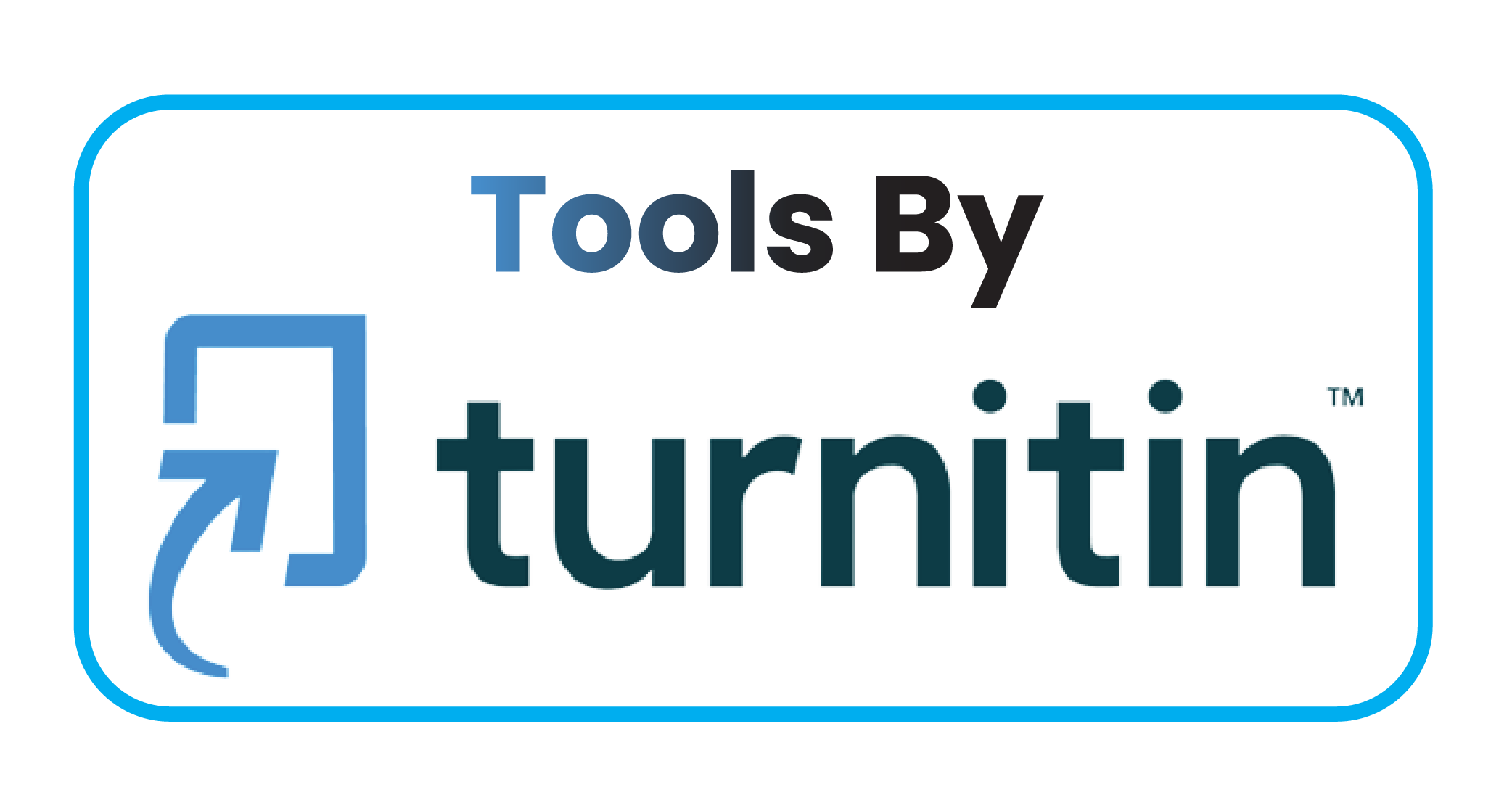MEASUREMENT OF VIBRATION LEVELS AND GEOMETRIC QUALITY OF RECONDITIONED LATHE PRODUCTS WITH VARIATIONS IN BASIC MACHINING ELEMENTS
DOI:
https://doi.org/10.59888/ajosh.v2i1.160Keywords:
spindle rotation;, cutting depth;, vibration;, product geometry qualityAbstract
Machining parameters are something that must be considered, where machining parameters are related to vibrations (chatters) that occur during the cutting process. Vibration (chatter) can affect the quality of the geometry of the resulting product. To find out this, it is necessary to test the influence of machining parameters on the vibration level and quality of product geometry. Measurement of vibration level values and product geometry quality is carried out at variations of 60 rpm, 215 rpm, 330 rpm and 1140 rpm, with variations in cutting depth of 0.5 mm, 1 mm, 2 mm and 3 mm. The results of the cutting process with the influence of machining parameters (spindle rotation and cutting depth) on vibration, the most optimal value with a low vibration level is obtained, namely in the cutting process with spindle rotation parameters (n) 1140 rpm, and cutting depth (a) 1 mm produces a vibration value of 2.1 mm / s. However, for the most optimal cutting process, the highest vibration level value is produced, that is, in the cutting process with spindle rotation parameters (n) 215 rpm and cutting depth (a) 3 mm resulting in a vibration value of 3.4 mm / s. From the results of measuring the vibration level, it is obtained that the vibration level value has exceeded the permissible tolerance limit. However, for the influence of machining parameters on the quality of product geometry, results are obtained with the quality of product geometry that is still within the permissible tolerance limits, namely at spindle rotation (n) 1140 rpm. For the results of measuring the quality of product geometry at spindle rotation (n) 60 rpm, 215 rpm and 330 rpm, the quality results of product geometry obtained have exceeded the permissible tolerance limit.
Downloads
Published
Issue
Section
License
Copyright (c) 2023 Hendra, Admon Dani, Dedi Suryadi, Hernadewita

This work is licensed under a Creative Commons Attribution-ShareAlike 4.0 International License.
Authors who publish with this journal agree to the following terms:
- Authors retain copyright and grant the journal right of first publication with the work simultaneously licensed under a Creative Commons Attribution-ShareAlike 4.0 International. that allows others to share the work with an acknowledgement of the work's authorship and initial publication in this journal.
- Authors are able to enter into separate, additional contractual arrangements for the non-exclusive distribution of the journal's published version of the work (e.g., post it to an institutional repository or publish it in a book), with an acknowledgement of its initial publication in this journal.
- Authors are permitted and encouraged to post their work online (e.g., in institutional repositories or on their website) prior to and during the submission process, as it can lead to productive exchanges, as well as earlier and greater citation of published work.










